Bearing lubrication and maintenance are the lifeblood of rotating machinery, influencing performance, lifespan, and overall reliability. In this comprehensive exploration, we delve into the intricacies of bearing lubrication and maintenance, uncovering the importance of proper lubrication, key considerations in selecting lubricants, maintenance best practices, troubleshooting common issues, and embracing emerging technologies that redefine the landscape of bearing care.
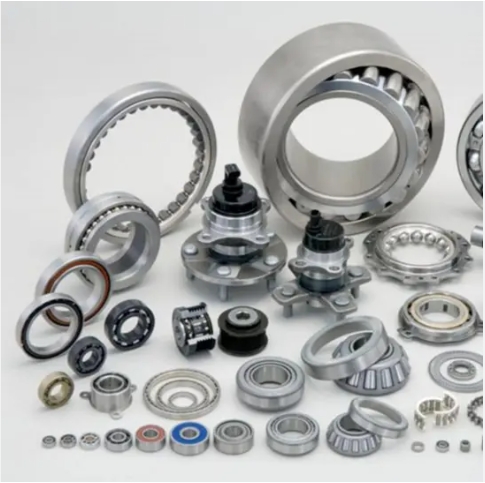
1. The Crucial Role of Proper Lubrication:
Proper lubrication is the cornerstone of efficient bearing operation. It serves multiple essential functions that contribute to the overall health and performance of bearings.
Reduction of Friction and Wear:
Lubricants create a protective film that minimizes friction and wear between rolling elements and races, ensuring smooth operation and extending bearing life.
Heat Dissipation:
Adequate lubrication facilitates heat dissipation, preventing overheating and maintaining optimal operating temperatures within the bearing.
Sealing and Contamination Prevention:
Lubricants contribute to effective sealing, preventing contaminants from entering the bearing and safeguarding against premature wear and damage.
2. Key Considerations in Lubricant Selection:
Selecting the right lubricant is a nuanced process that requires consideration of various factors to meet the unique demands of specific applications.
Type of Lubricant:
Choosing between grease and oil lubrication depends on factors such as speed, temperature, and the application's operational requirements.
Viscosity:
Determining the appropriate viscosity of the lubricant is critical for creating the necessary film thickness to support the load and prevent metal-to-metal contact.
Temperature Stability:
Lubricants must exhibit stability across a range of temperatures to ensure consistent performance under varying operational conditions.
3. Maintenance Best Practices for Bearings:
Implementing effective maintenance practices is essential for maximizing bearing performance and preventing premature failure.
Regular Inspection and Monitoring:
Periodic inspections and condition monitoring allow for the early detection of potential issues, enabling timely intervention and preventing catastrophic failures.
Lubrication Regimen:
Establishing a well-defined lubrication regimen, including the proper amount and frequency of lubricant replenishment, contributes to sustained bearing health.
Seal Integrity:
Maintaining the integrity of seals is crucial for preventing contamination. Regular checks ensure that seals are effective in safeguarding the bearing's internal environment.
Vibration Analysis:
Vibration analysis helps identify abnormalities in bearing operation, allowing for targeted maintenance actions to address misalignments, imbalance, or other issues.
4. Troubleshooting Common Lubrication Issues:
Despite meticulous maintenance, common lubrication issues may arise. Recognizing these challenges and implementing effective troubleshooting strategies is paramount.
Over-Lubrication and Under-Lubrication:
Both over-lubrication and under-lubrication can lead to bearing issues. Monitoring and adjusting lubrication levels based on operating conditions help strike the right balance.
Contamination:
Contamination, including dirt and moisture, can compromise lubricant effectiveness. Implementing measures such as proper sealing and regular cleaning mitigates this risk.
Lubricant Degradation:
Lubricant degradation due to factors like temperature or extended use can lead to reduced performance. Regular analysis and timely lubricant replacement maintain optimal conditions.
5. Emerging Technologies in Bearing Care:
In the era of Industry 4.0, technological advancements redefine how bearings are monitored, maintained, and optimized for performance.
IoT-Enabled Monitoring:
Internet of Things (IoT) technologies enable real-time monitoring of bearing conditions, providing data-driven insights into performance and predicting potential issues before they escalate.
Smart Lubrication Systems:
Smart lubrication systems incorporate sensors and automation, ensuring precise and targeted lubricant delivery based on actual operating conditions.
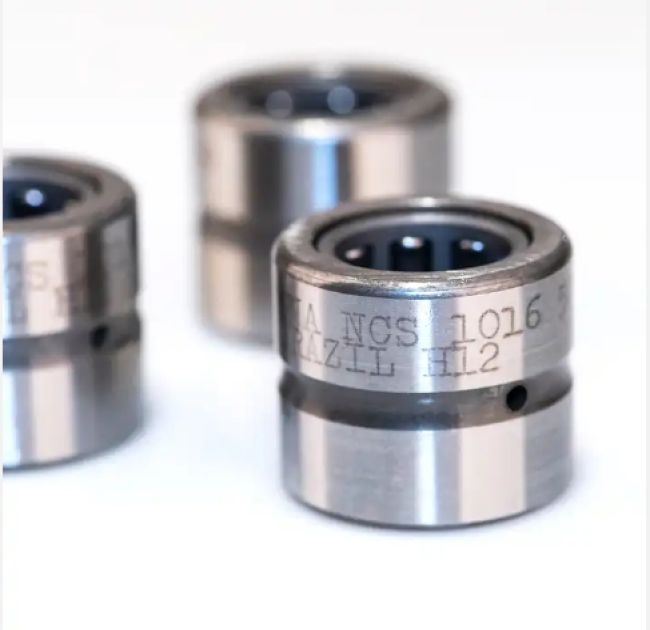
6. Environmental Considerations and Sustainability:
As industries focus on sustainability, bearing lubrication and maintenance practices are evolving to minimize environmental impact.
Biodegradable Lubricants:
The adoption of biodegradable lubricants aligns with environmentally conscious practices, reducing the ecological footprint associated with bearing operation.
Efficient Lubricant Disposal:
Proper disposal and recycling of used lubricants contribute to environmental sustainability, emphasizing responsible practices in the entire bearing lifecycle.
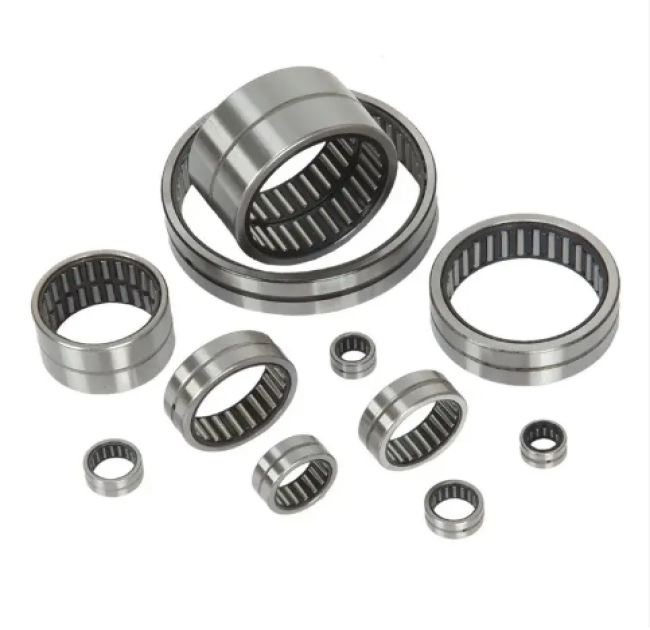
In conclusion, bearing lubrication and maintenance form the bedrock of reliable and efficient machinery operation. A proactive approach to lubrication selection, coupled with stringent maintenance practices, ensures bearings perform optimally throughout their lifespan. As technology advances, embracing smart monitoring systems and sustainable lubrication practices heralds a new era in bearing care. The convergence of traditional expertise and cutting-edge technologies sets the stage for a future where machinery reliability and environmental responsibility go hand in hand, ushering in an era of unparalleled efficiency and sustainability in bearing operations.
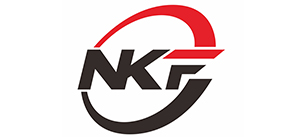
 SKF Bearing
SKF Bearing NSK Bearing
NSK Bearing FAG Bearing
FAG Bearing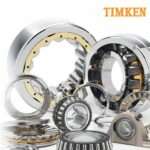 TIMKEN Bearing
TIMKEN Bearing INA Bearing
INA Bearing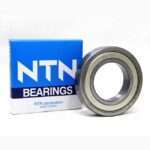 NTN Bearing
NTN Bearing

